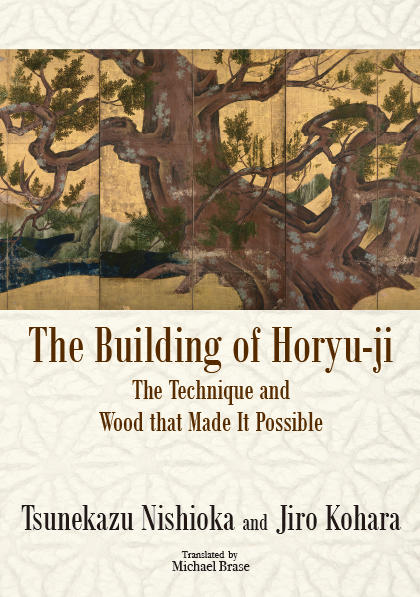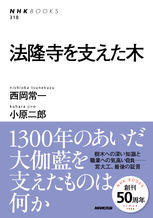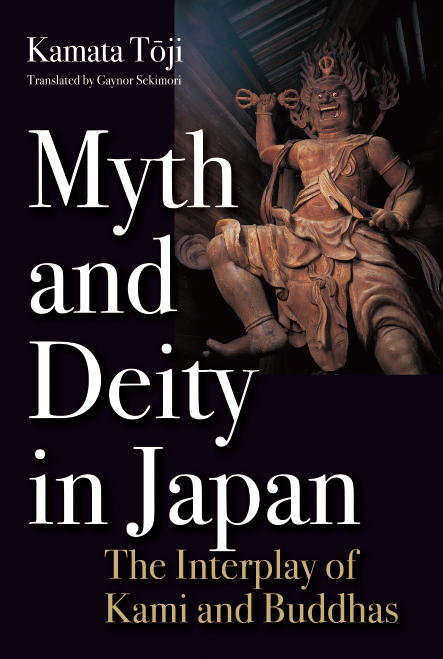Horyu-ji temple was first erected in the seventh century and has come down to us today in the magnificent form it achieved in 711, over 1,300 years ago. It has given the lie to the common misconception that wood is destined to quickly rot and decay, and has demonstrated the enduring value of wood, not to mention the fact that the temple has been designated a World Heritage Site as the earth’s oldest wooden structure.
Here Tsunekazu Nishioka, the master carpenter who undertook the repair of this monumental structure in the mid-twentieth century, shares the insights and knowledge he gained from that experience. To make Nishioka’s words and observations more easily understood by later generations, Jiro Kohara has buttressed them with scientific experiments and commentary, bringing into sharp view Horyu-ji’s long-concealed mysteries and secrets. The result is a revealing picture of Japan’s immemorial love of trees and wood, a broad-ranging introduction to the country’s wood culture.




